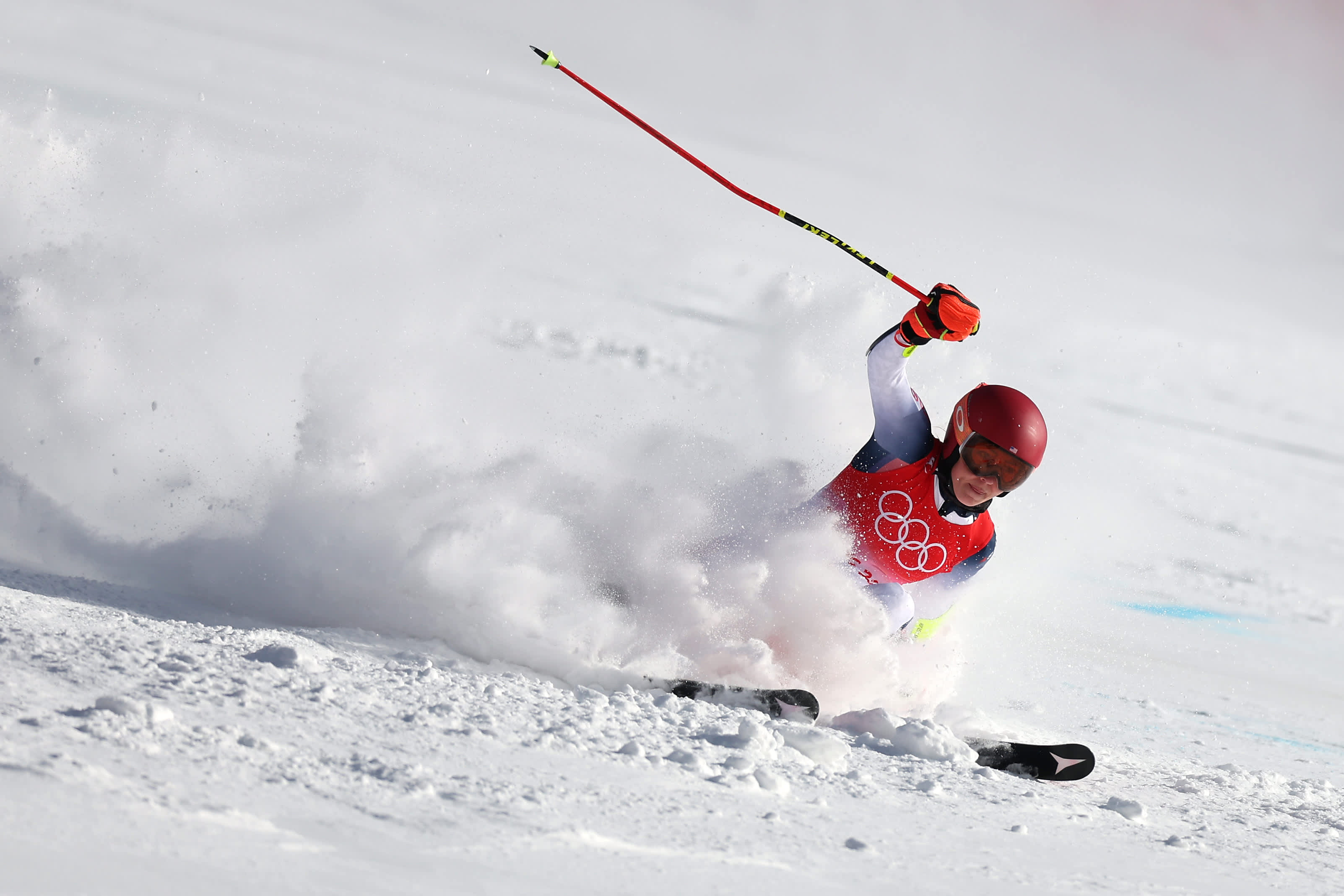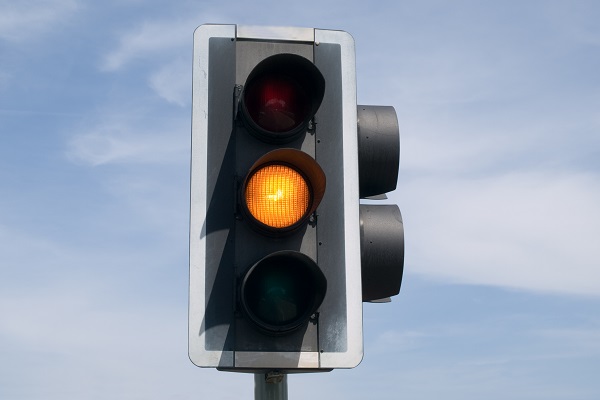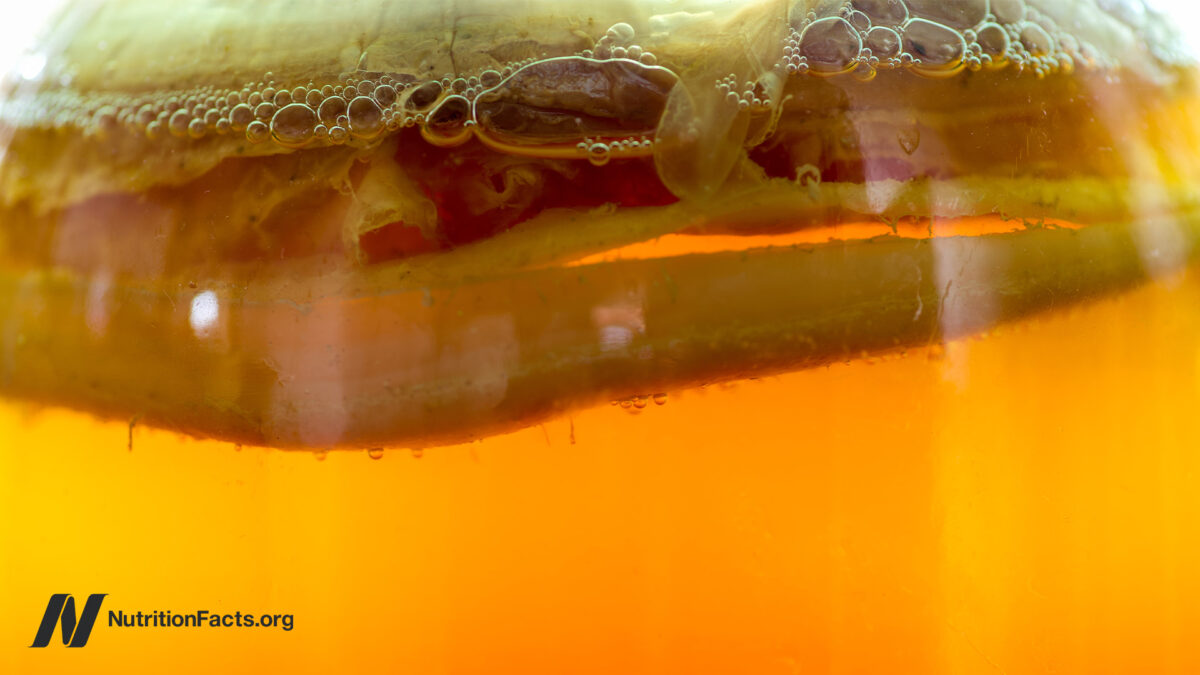The best seats in the house to view the world's most spectacular light show
Situated in Canada's Northwest corner, up near the Arctic Circle, the Yukon territory offers visitors the best seats in the house to view the world's most spectacular light show. The Yukon's pitch-black sky provides the perfect backdrop for the...

Situated in Canada’s Northwest corner, up near the Arctic Circle, the Yukon territory offers visitors the best seats in the house to view the world’s most spectacular light show. The Yukon’s pitch-black sky provides the perfect backdrop for the sulphurous green sheen ripples to dance and explode across the vast expanse of the night sky.

Here is the Yukon guide to the Solar Max and all the essential information needed for visitors to witness the phenomenon for themselves:
What is Solar Cycle 25?
The solar cycle is a periodic 11-year change in the sun’s activity. During the cycle, the levels of solar radiation and ejection of solar material, the number of sunspots, solar flares and coronal loops, ebb and flow to a period of maximum activity (a solar max).

During this period of time, there will be more aurora activity on earth, offering incredible northern lights viewing opportunities.
When did Solar Cycle 25 start?
Solar Cycle 25 began in December 2019 and is set to reach its peak between now and the winter of 2025/2026. Although this peak period will slowly ebb after 2026, aurora activity will still be dynamic, offering incredible northern lights viewing opportunities throughout the entire cycle.

When is the best time to view the Northern Lights?
As the current cycle will reach its peak between 2023-2026, there will be more intense and frequent aurora activity during this time. The best time to visit the Yukon to view the northern lights is from mid-August to mid-April and optimal viewing times are between 10 am and 3pm.
Where are the best locations for aurora viewing in the Yukon?
The Yukon is 80% pristine wilderness and even though visitors can observe the aurora borealis from the Yukon’s cities and towns, it is best to go outside of them and away from any light pollution so not one excited electron is missed. The Yukon is full of tranquil locations to view the magnificent display including lodges, chalets, wilderness resorts, yurts or prospector wall tents. Visitors can view the aurora from a hot tub at resorts such as Northern Lights Resort & Spa that boasts four glass chalets for maximum viewing.

Visitors can stay in Whitehorse (the Yukon’s capital city) or Dawson City, and there are several companies that take guests on a guided aurora viewing experience, travelling out a short way into the wilderness. Some take guests to cosy cabins with fire pits, and the more adventurous can join a snowmobile or fat bike tour during the day.
IMPORTANT NOTICE:
If you are reading this article anywhere other than on A Luxury Travel Blog, then the chances are that this content has been stolen without permission.
Please make a note of the web address above and contact A Luxury Travel Blog to advise them of this issue.
Thank you for your help in combatting content theft.
What are the Yukon’s top tips for guests viewing the aurora?
Dress warmly, including a heavy winter coat and snow/ski pants. All the gear visitors will need are available to hire in the Yukon, including snow boots, gloves and hats, so there’s no need for guests to pack them in their suitcase.
As the aurora is visible at night, guests are encouraged to get rest prior to the nightly viewing, so that staying up until the early hours of the morning is a pleasant experience.
Guests do not require 3D glasses or binoculars to view the sensational show.
How can I find out more information on the Solar Max in the Yukon?
View the Solar Max in Yukon brochure here or browse the dedicated Northern Lights page on Travel Yukon’s website.
About the Yukon
Situated in the upper Northwest corner of Canada, next to Alaska, the Yukon is Canada’s most accessible northern destination. It is home to Canada’s highest mountain (Mount Logan) and the planet’s largest non-polar icefields located in Kluane National Park – a UNESCO World Heritage site. One of North America’s most undiscovered destinations; close to 80 percent remains pristine wilderness with 5,000-metre peaks, forested valleys, unspoiled waters and untamed wildlife. Roughly the size of Spain at just over 186,000 square miles, the Yukon is home to more than 220,000 caribou, 70,000 moose, 22,000 mountain sheep, 7,000 grizzly bears, 10,000 black bears and 250 species of birds, with a human population of only 45,000.


 ShanonG
ShanonG 































